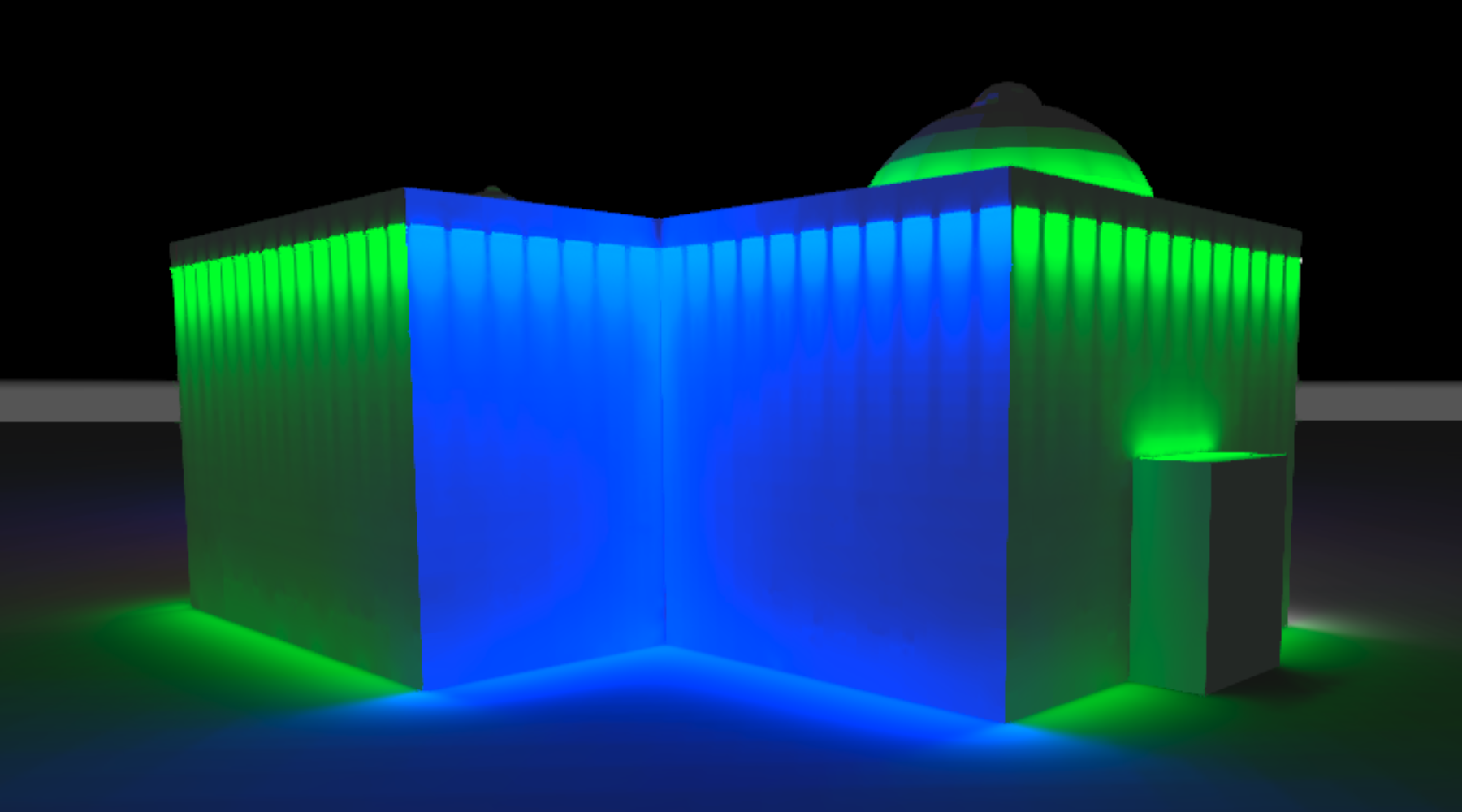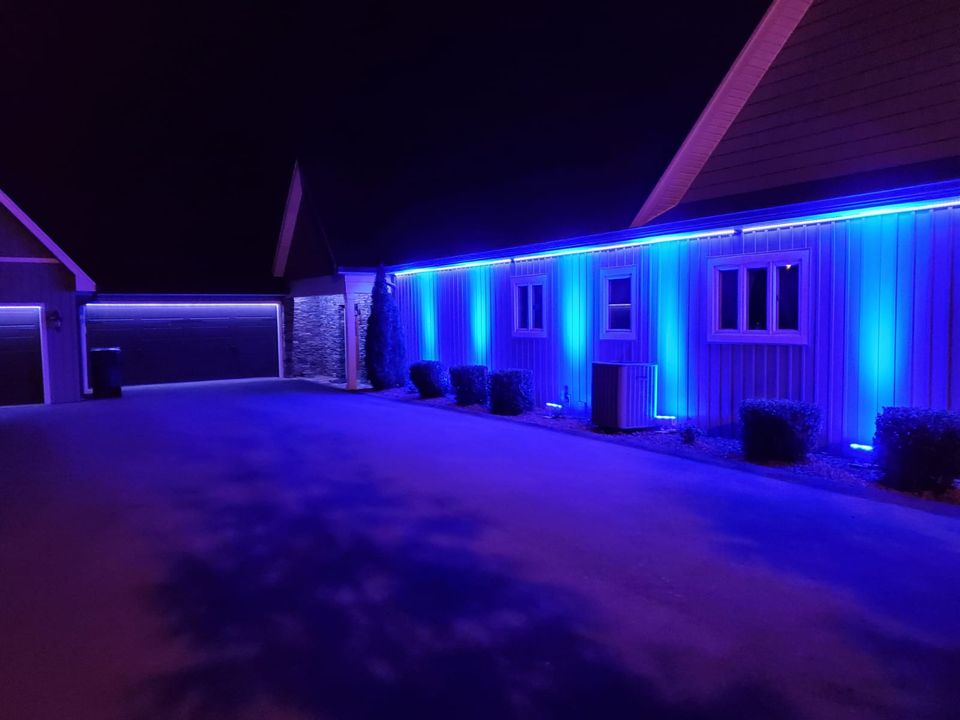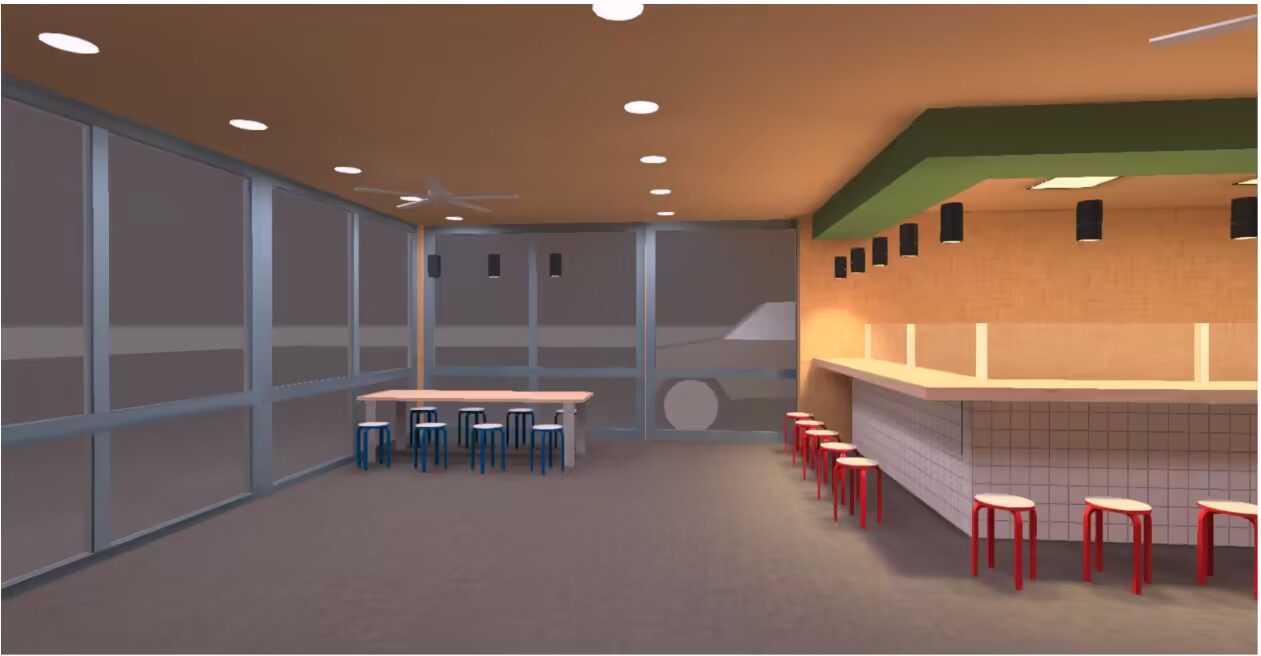The Original Manufacturer Of LED lighting
 RioTinto
RioTinto  2025-12-05
2025-12-05
To determine the optimal beam angle for your structure, take into account five key factors.
1. Type of Building
There are two essential types of buildings to consider regarding beam angles.
*Residential Buildings
*Commercial Buildings
Residential structures prioritize consistent lighting on a room-by-room basis. Therefore, a light with a wider beam angle positioned in the center of a room is typically sufficient.
Conversely, commercial structures like restaurants or factories aim to effectively illuminate expansive floor areas. They necessitate medium to narrow beam angle lights distributed across a large ceiling space. Restaurants, specifically, also emphasize mood and accent lighting.

2. Light Fixtures
Light fixtures represent the second most important element in the selection of beam angles. A light fixture serves as the foundation for a light source, usually mounted on a wall or ceiling. It may also contain light sources such as bulbs or LEDs.
Light fixtures can alter the beam angle of a light bulb. For instance, a hanging pendant generally reduces the angle, while a recessed light fixture can enhance it.

3. Lighting Type
Lighting types can differ based on whom you consult, but conventionally, there are three categories of lighting.
*Ambient Lighting – This type involves diffused lighting that serves to illuminate an entire room.
*Accent Lighting – This refers to focused and indirect lighting that is generally directed at walls.
*Task Lighting – This type of lighting is focused and direct, designed to highlight a specific working area, such as a desk.
Ambient lighting necessitates wide beam angles, while task and accent lighting require narrower light angles.
4. Ceiling Height
The intensity of light diminishes as the distance from the light source increases; therefore, higher ceilings will lead to reduced lighting at the floor level.
Residential structures, including houses and apartments, typically feature lower ceilings, generally 10 feet or less. Consequently, these types of buildings necessitate wide-angled light for comprehensive room illumination.
In contrast, commercial or industrial structures, such as factories and warehouses, possess high ceilings, usually exceeding 25 feet. These buildings demand strong, narrow beam angles and multiple light fixtures to ensure complete area illumination.

5. Bulb Type
We have examined light fixtures, yet the bulbs themselves can differ greatly. The bulb that is most widely recognized is the pear-shaped type A bulb; this is the bulb that typically appears above your head when you have an idea.
Type A bulbs emit light in all directions, which is why we utilize reflectors to direct the light. Contemporary light bulbs, especially LED variants, are available in PAR, BR, and MR reflector housings.
RioTinto can offer wide selections of beam angles for lights based on your specific projects.
Rio Tinto ETL CETL CE Listed DMX control and Wireless RGBW wall washer, RGBW LED flood light, RGBW UFO high bay and other RGBW lighting solutions will enrich your life and buildings.
 SZRIOTINTO-LIGHTING COMPANY
SZRIOTINTO-LIGHTING COMPANY
Welcome to SZriotinto , your source for all illumination solutions.
We're dedicated to giving you the very best of outdoor lighting experience, with a focus on illumination design, lighting planing and executing of the lighting projects.